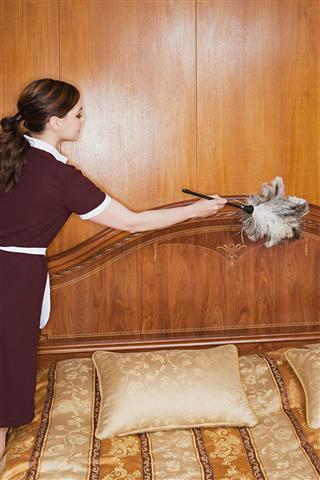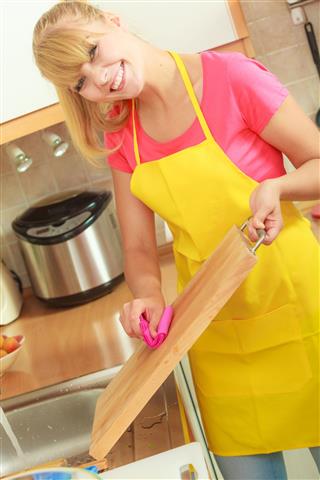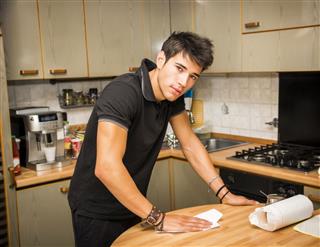
Pink mold that is actually a bacterial growth can be very harmful. This HomeQuicks article assesses the health risks and the measures to be undertaken so as to contain this problem.
Mold Removal
- If you are affected by asthma or other health problems.
- The bacterial growth has covered a very large area (over 3 feet by 3 feet).
- It has affected your heating and ventilation ducts.
- If the growth results from contaminated water or sewage.
Everyone is aware of black mold that is very dangerous and toxic, causing harmful effects on the health of humans. People often tend to associate pink mold with black mold; however, they are not related in any way. What is necessary to know is that a pink mold though not as dangerous as black mold, can be very harmful as well.
What is Pink Mold?
➺ Pink mold is actually a bacteria and not a fungi. This bacteria, scientifically calledSerratia marcescens, is most commonly found in bathrooms. They tend to grow vigorously in wet, damp, and dark conditions such as showers, bathtubs, tile grouts, wash basins, etc. They feed on any soap or shampoo residue or buildups in bathrooms.
➺ As a result of its name, many only associate it with the color pink. However, this bacterial growth may make its appearance as a pink stain or it can even be pinkish-orange or orange in color.
Health Risks
➺ Due to these health risks, immediate removal of this mold is necessary. If not treated immediately, it may spread to the other unaffected parts. This increase in growth may further worsen the health conditions.
Points to Consider when Cleaning
Though it is usually difficult to completely get rid of this bacterial growth, applying a disinfectant with a bleach base may prove beneficial. In some cases, using a detergent and water may be enough.
If you want to clean up this mold on your own, go through the important things mentioned below:
➺ You should avoid direct contact with the mold. For this, wear hand gloves, goggles, and a mask that is approved for mold use.
➺ After scrubbing the affected area, you would have to sanitize it with a biocide. This is because if there are any traces remaining, then the spores may continue to grow.
➺ If invisible traces of this bacterial growth remain, it will continue to affect the health. Due to this, a final testing by an experienced professional may be required for confirmation.
Some Prevention Tips
➺ It is necessary to prevent moisture buildup in your bathrooms; thus, use a fan while showering. Also, make sure to wipe wet surfaces immediately after use.
➺ Any buildup of soap or shampoo on the shower walls should be avoided as these may act as food for the bacteria.
➺ Check for leakage from pipes and other sources of water, and get them repaired immediately.
➺ It is not recommended to use carpets in the bathroom if you face this problem. However, if you are using, then they need to be replaced if moldy. A throw rug may be better, and it can be hung and dried as well.
➺ Even ceiling tiles (porous in nature) may have to be replaced if affected by mold as complete eradication may not be possible in such cases.
It is always better to get the cleanup done by an experienced professional for the complete eradication of the problem, so as to protect your health as well as that of your family. However, if you still want to do it on your own, you can take the advise of a professional mold removal specialist before you start. He may carry out a test and inform you about the level of mold spores as well as the type that you are dealing with. Furthermore, he may also advise you on the safe and best products that can be used for the cleaning purpose, with some essential tips to prevent future recurrence.
Thus, the main point to remember is to control moisture. If controlled, there is no chance for the mold to grow.






